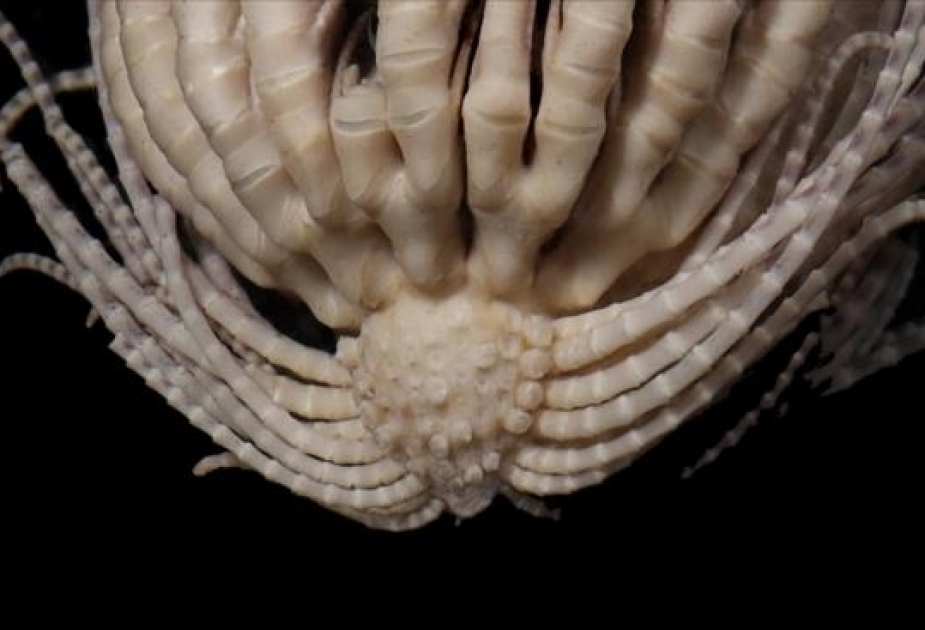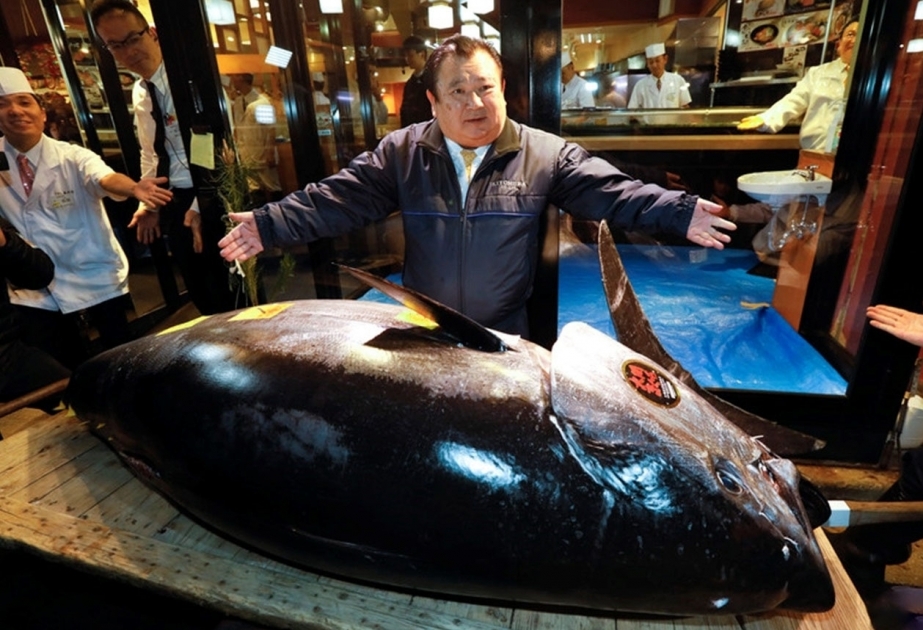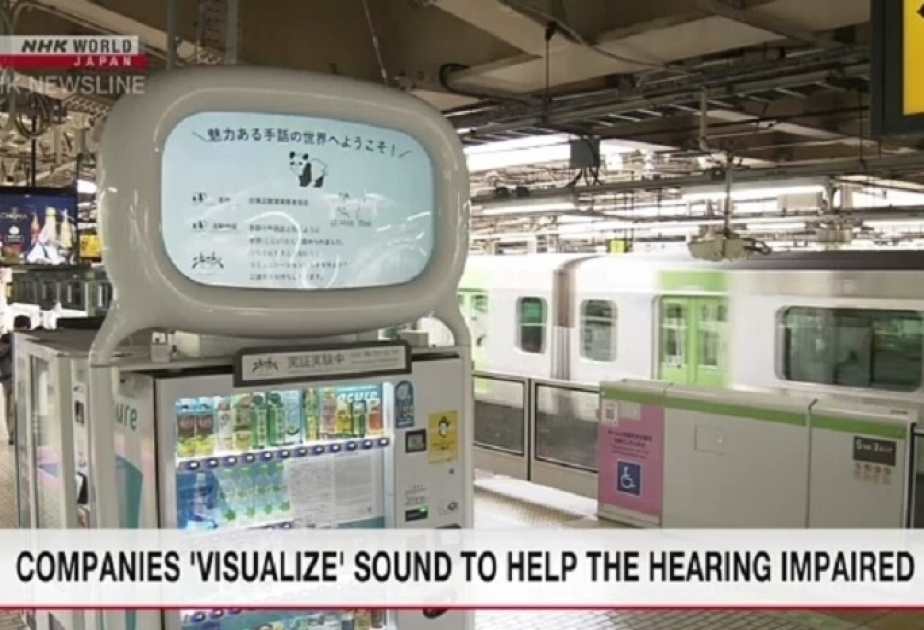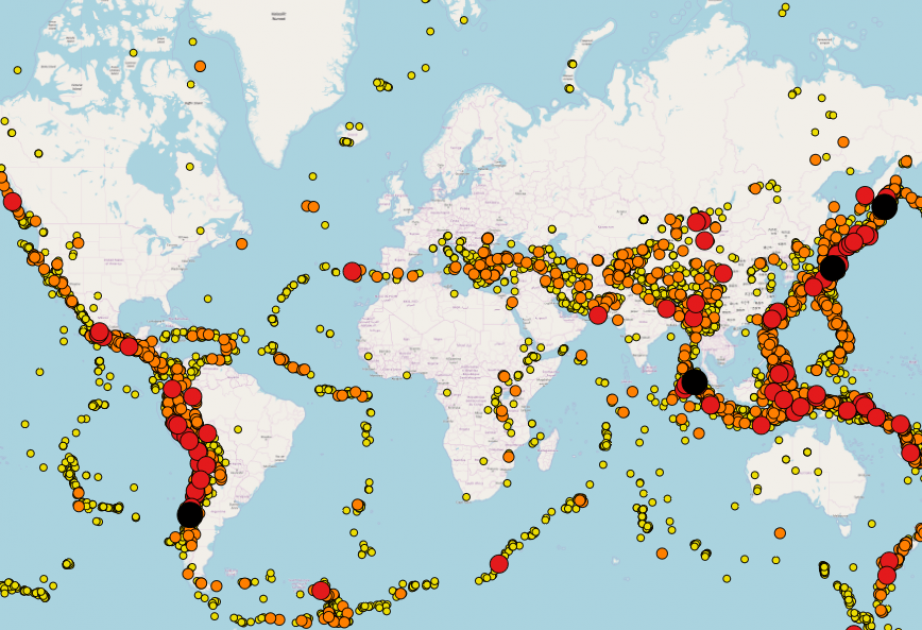WORLD
Deap-Sea mud of Pacific Ocean abundant in rare metals
Baku, July 6 (AZERTAC). Could all of the rare-earth elements needed to assemble our iPads and Kindles be found on the muddy floor of the Pacific Ocean?
It has long been known that the ocean might provide a wealth of rare-earth elements such as lanthanum and neodymium, and the metal yttrium. Sea-floor hydrothermal vents pump out rare-earth elements dissolved in their hot fluids, and the metals accumulate in potato-sized lumps, called manganese nodules, on the sea floor.
In Nature Geoscience this week, Yasuhiro Kato, a geosystem engineer at the University of Tokyo, and his colleagues cataloged some hotspots of rare-earth accumulation on the bed of the Pacific.
The researchers measured the elemental composition of over 2,000 seafloor sediments, sampled at depth intervals of around one meter, at 78 sites that cover a large part of the Pacific Ocean.
They found concentrations of rare-earth elements and yttrium as high as 0.2 percent of the mud in the eastern South Pacific, and 0.1 percent near Hawaii. An area of just one square kilometer, surrounding one of the sampling sites, is estimated to hold 25,000 tons of rare earths - providing one-fifth of the current annual demand for these elements.
Annual demand for rare-earth metals was approximately 120,000 tons in 2010 - higher than the world`s current annual production of about 112,000 tons. China, which currently produces some 97 percent of the world`s supply, has recently put stringent caps on the amount available for export, leading to price hikes for these metals. New mines are now being developed around the world, for example in California, Canada, and Australia.
Analysts are skeptical about the commercial mining of nodules. Accessing the treasure trove of key elements on the ocean floor will be very expensive, says Gareth Hatch, an industry analyst and founder of the Technology Metals Research consultancy in Carpentersville, Illinois. Others also raise concerns about the environmental consequences of deep-sea mining, particularly around hydrothermal vents, which host unique worms, clams and other life. Any damage to the fragile ecosystem of the sea-floor could take decades or even centuries to heal.








